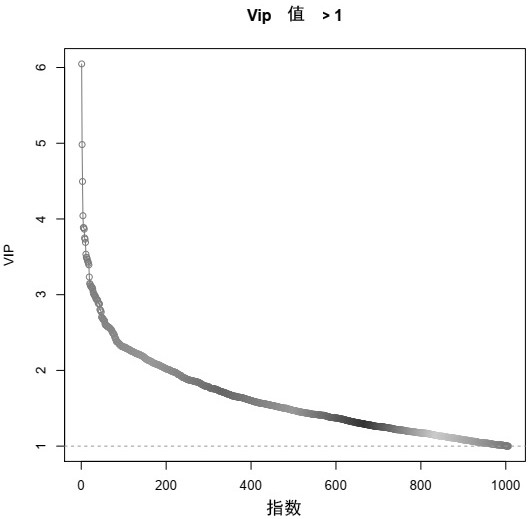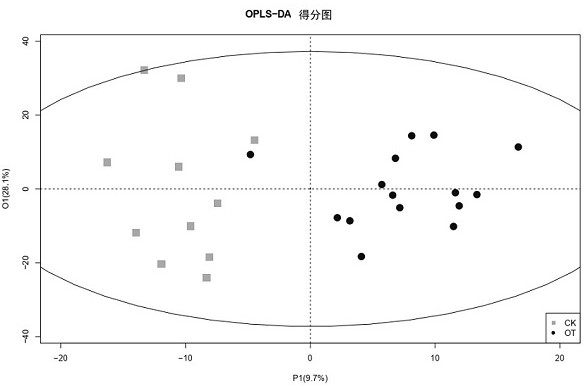Molecular marker for diagnosing working of nervonic acid supplemented for ischemic hypoxic encephalopathy in plateau environment and application of molecular marker
A molecular marker, high-altitude environment technology, applied in the field of molecular markers of ischemic hypoxic encephalopathy supplemented with nervonic acid, can solve problems such as unclear
- Summary
- Abstract
- Description
- Claims
- Application Information
AI Technical Summary
Problems solved by technology
Method used
Image
Examples
Embodiment 1
[0034] 1. 1. Ischemic-hypoxic encephalopathy model in plateau environment
[0035] Newborn 7-day-old SD rats were purchased from Liaoning Changsheng Biotechnology Co., Ltd. (license number: SCXK Liaoning 2020-0002). All mice were housed in a temperature-controlled room (22-26) with a 12-h light and dark cycle and provided free food and water throughout the study period. All male and female rats 7 days after birth were anesthetized by inhalation of ether. An incision is made in the midline of the neck. The left common carotid artery was exposed, the nerve and vein were separated, ligated with 6-0 surgical silk, and the artery between the ligation was cut off. The wound is then closed with surgical sutures and the animal is allowed to recover. The time of each operation was controlled within 5 minutes, and the temperature blanket was used to maintain the body temperature of the animals at 37°C during the operation. After recovering with the mother in the cage for 2 hours, th...
Embodiment 2
[0067] Model verification sample group 16 (external data, newborn 7-day-old SD rats purchased from Liaoning Changsheng Biotechnology Co., Ltd.) to verify the logistic regression model, according to the method in Example 1, and randomly divided into two groups, Feed 8 rats in the Yuanbao maple nerve acid oil group (NA group) and the placebo group (CK group) respectively, and put them into an oxygen chamber simulating a 4500m plateau environment for feeding. After feeding for 30 days, blood and serum were collected.
[0068] According to the method in Example 1, F8: phosphatidylethanolamine-ceramide (d16:1(4E) / 24:1(15Z)), F1: ceramide (d18:1 / 24:1(15Z)), F2: Phosphatidylethanolamine (22:6(4Z,7Z,10Z,13Z,16Z,19Z) / 19:1(9Z)), F3: Sphingomyelin (d17:1 / 24:1), F4: Phosphatidylcholine Base (22:6(4Z,7Z,10Z,13Z,16Z,19Z) / 16:1(9Z)), F5: Phosphatidylcholine (22:6(4Z,7Z,10Z,13Z,16Z,19Z) / 20:2(11Z,14Z)), F6: ceramide (m18:1(4E) / 24:1(15Z)), F7: phosphatidylserine (22:6(4Z,7Z,10Z,13Z,16Z ,19Z) / ...
PUM
 Login to View More
Login to View More Abstract
Description
Claims
Application Information
 Login to View More
Login to View More - Generate Ideas
- Intellectual Property
- Life Sciences
- Materials
- Tech Scout
- Unparalleled Data Quality
- Higher Quality Content
- 60% Fewer Hallucinations
Browse by: Latest US Patents, China's latest patents, Technical Efficacy Thesaurus, Application Domain, Technology Topic, Popular Technical Reports.
© 2025 PatSnap. All rights reserved.Legal|Privacy policy|Modern Slavery Act Transparency Statement|Sitemap|About US| Contact US: help@patsnap.com



